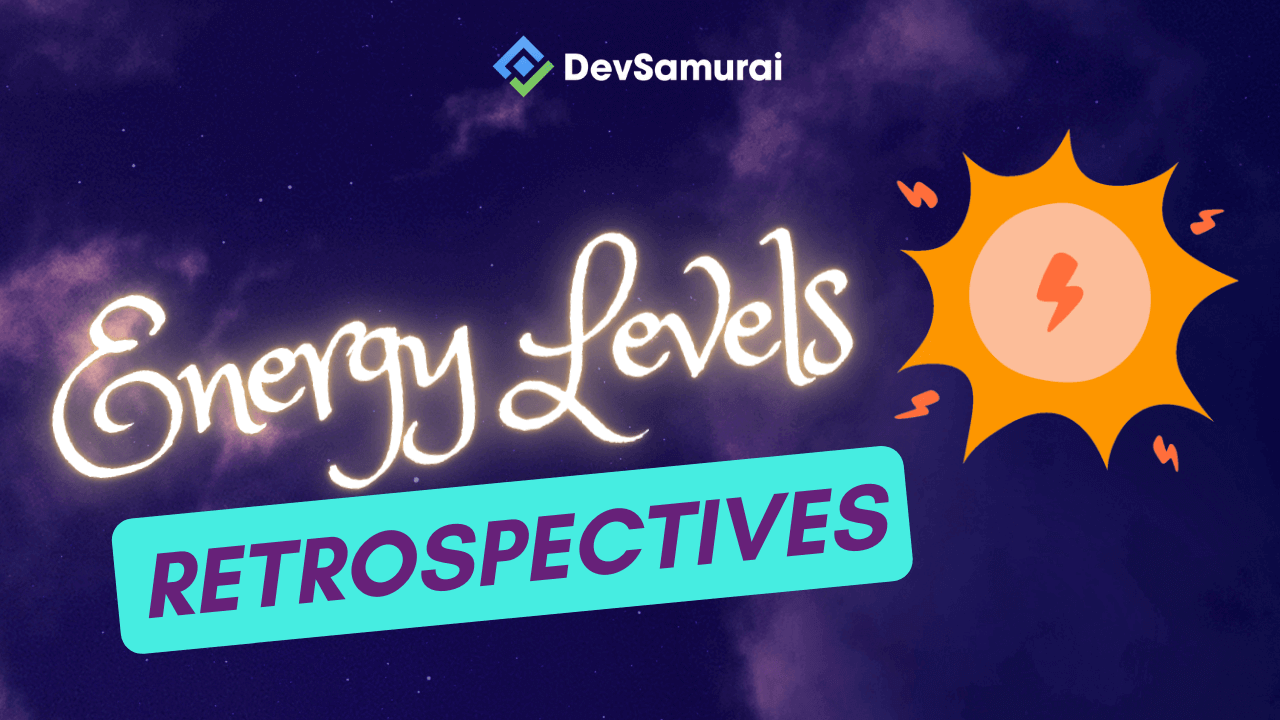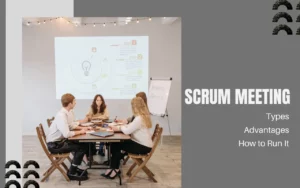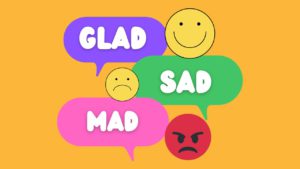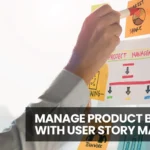Table of Contents
Revitalize Your Team with the Energy Levels Retrospective
As a project management role, it can be difficult to watch your team slowly lose passion, enthusiasm, or energy for their projects. You may have tried reviving the project content by discussing and tweaking tasks and goals during retrospectives. It may have worked for a few meetings, but now you are recognizing the lack of engagement even with the retrospectives. What can you do to get your team members excited about their work again, dedicated to their goals, and determined to create the best path forward? The Energy Levels retrospective was specifically developed for this exact scenario. Find out all about the Energy Levels template, its format, how it can help your team and tips for getting started with it below.
What Is the Energy Levels Template?
The Energy Levels template assesses how your team truly feels about the last completed sprint and the work just ahead. Following the template, your team will reflect, discuss, and label which work they feel most excited about (high energy), work they feel just fine about (medium energy), and work they feel is too challenging or boring (low energy). As a project owner, you can use this information to assess whether some portions need improvement in order to re-energize the team and project. Alternatively, you can use it as inspiration for implementing more high-energy events, activities, or tasks to interject more life into the project.
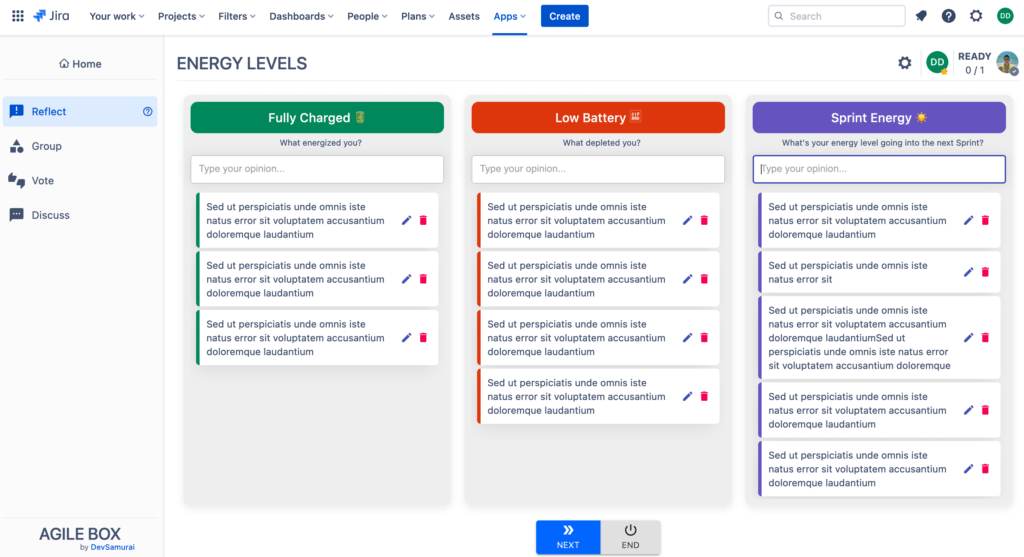
AgileBox Retrospectives_ Energy Levels
What Is the Energy Levels Format?
Take full advantage of the Energy Levels retrospective by understanding its unique format:
High Energy / Energy Giving
Team members will place activities that make them excited, passionate, inspired, motivated, or refreshed in this pile. Rather than focusing on the value, the time, or the steps involved in the task, the individual feels like time flows quickly when they engage in these activities.
Example: We enjoy participating in morning motivation meetings before beginning work for the day. It sets us up for a good mood, on-point tasks, and a clear goal. They are also fun because they include a game to enhance our creativity and enthusiasm before working.
Medium Energy
Teams can place tasks that do not truly pull them in either direction, energizing or draining, in this pile. These are activities that do not generate many feelings. Typically, they are everyday work tasks that team members expect to complete regularly.
Example: We spend a small portion of our workday entering data into the system. It is a regular part of our job. It could use improvement but does not present any true challenges or issues.
Low Energy / Energy Draining
This pile is for tasks that present too many or too complex problems. Team members may need to spend a great deal of time performing these activities or trying to navigate the tasks. If these elements occur often, it is important for project owners or managers to reevaluate them. However, if they rarely pop up, it may not be a major concern.
Example: We dread end-of-day wrap-ups. They consume too much energy and time when we would rather head home. Removing these meetings or reducing the time spent at these meetings would improve our work days.
How Can the Energy Levels Retrospective Help Your Team?
If you notice low energy from many team members or your whole team, even during retrospectives, this may be the perfect template for you. A few of the most common benefits include:
- Identifying Draining Tasks: With typical retrospectives, tasks are evaluated for their value. While an activity could be valuable, it could still be energy and time-consuming. It can lead to decreased morale, engagement, and quality work on other tasks.
- Determining Energy-Boosting Activities: When you understand what makes your team members feel and perform at their best, you can incorporate more of these elements in their projects.
- Delegating Tasks: Naturally, some members may love certain tasks while others dread it. It provides the perfect opportunity for management to divide tasks more appropriately amongst the team.
- Avoiding Burnout: Using the Energy Levels template helps teams avoid burnout and stops projects from collapsing. You can recognize the early signs of low energy amongst team members and fix them early.
- Optimizing Projects: Overall, the purpose of performing Energy Levels retrospectives is to figure out which tasks serve your team. If team members are drained and unhappy, their work will likely reflect that. Adding more activities that excite them, and improving or altering activities that drain them, can optimize the entire project.
Tips for Using the Energy Levels Retrospective
The Energy Levels template is a great choice. Get started on the right foot with these helpful tips:
- Ask the Right Questions: Ask team members which activities energize them, and which activities drain them, and end by asking what their energy levels are concerning the next sprint.
- Be Precise: If you are evaluating a large number of activities, you may wish to be more precise. Ask team members to indicate their energy percentage/battery percentage when placing items in the pile.
- Let Teams Reflect: When you ask questions, make sure to give team members plenty of time to reflect on their feelings. They are accustomed to answering questions about usefulness, efficiency, and time rather than emotions and energy. Reflections should be private, as public discussions will come along later.
- Add Discussion: Things are not always black and white. While some tasks provide energy to individuals, others will find those tasks incredibly draining. Discussion can help sort out who should perform which tasks, or how work should be divided to make it less challenging.
- Do Preemptive Work: You do not need to wait till your team is fatigued and lifeless before performing Energy Levels retrospectives. Try performing them quarterly, during peak seasons, and during overwhelming sprints. It can help you stop burnout before it happens.
- Prepare for the Future: If you follow this type of template after a long project, you can gather critical information for future projects. In this way, you can improve work for the same team or similar teams going forward.
In the next article, we will talk about the Glad Mad Sad template

